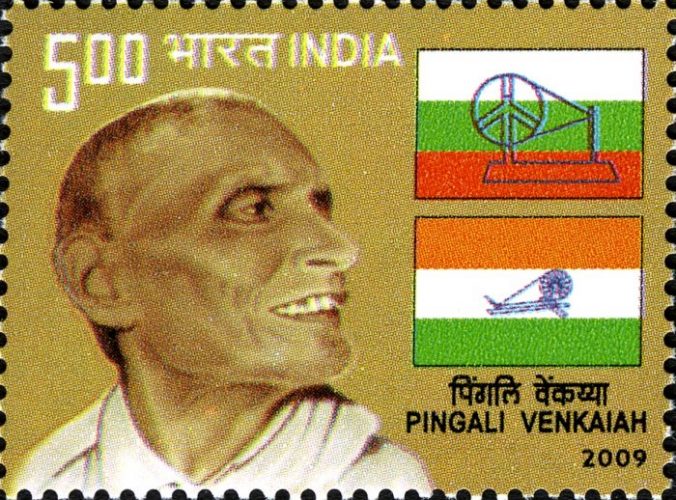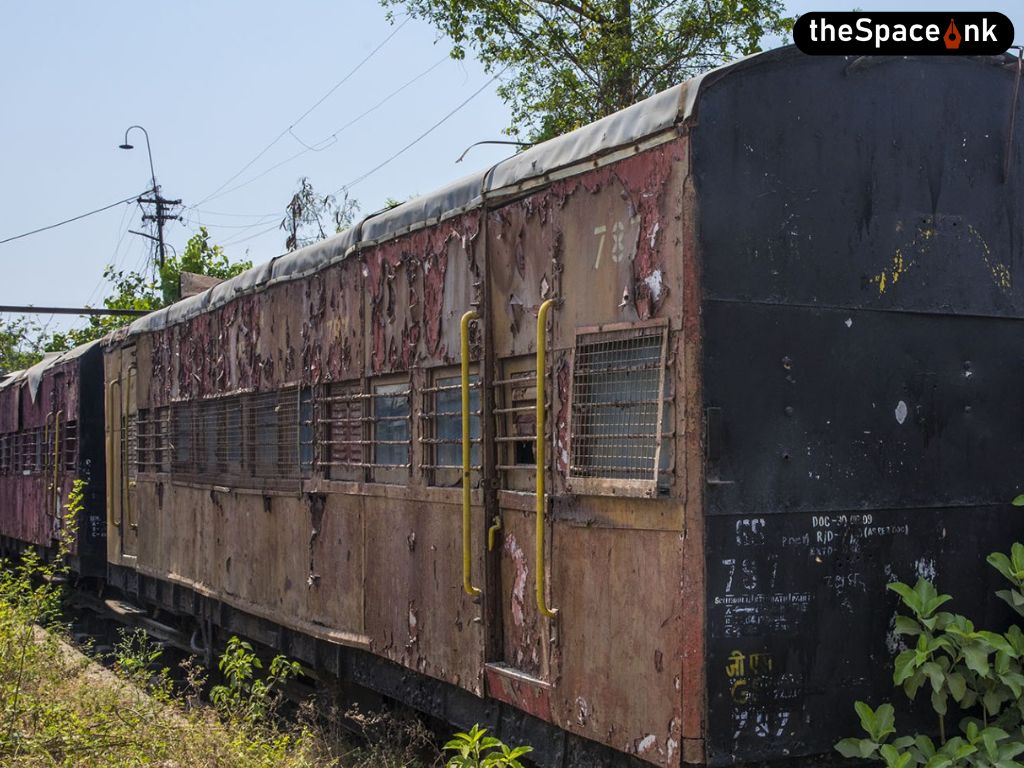Before the Europeans set up colonies in India, the country was a conglomerate of warring princely states. Though there was enormous wealth and resources, it was barely what we call a nation-state. The Mauryan Empire during the rule of Emperor Ashoka spread across the whole of Indo-Gangetic plain and Deccan, but the cultural and linguistic diversity of the sub-continent was so great, there was no scope of forging a ‘national unity’ back in the day. The British through their relentless oppression and economic exploitation well and truly created a national identity and helped the people of India unite under one flag. But, was there a flag under which they could gather? No.
The Union Jack, the flag of the British sovereign was hoisted at all official functions and atop all important buildings. Even the Indian National Congress, the party that sought to oust the British, hoisted the Union Jack at meetings. It was young man from rural Andhra Pradesh who first came up with the idea of designing a flag for the party. His name was Pingali Venkaiah (also spelt Venkayya). In 1906 Pingali attended the Congress session in Calcutta (now Kolkata) and was inspired to design a flag for the AICC.
Also read: The Indian Struggle
He created over 25 draft designs and shared one with Mahatma Gandhi—it had two colours, red and green and a spinning wheel. Red and green represented Hindus and Muslims while the spinning wheel was a symbol of the Swaraj movement. He wrote a book titled ‘Bharatha Deshaniki Oka Jatiya Patakam’ (The National Flag of India) in 1916. Since 1921 the Congress party informally started using Pingali’s design and adopted the flag in its present form on 22 July 1947. According to some reports, it was Mahatma Gandhi who suggested including a white band and the Ashoka Chakra in the original layout. Eventually, it became the national flag of India. In the Indian tricolour, saffron represents strength and courage, white stands for peace, green symbolises fertility and growth. The Ashoka chakra is the symbol of truth and justice.
Who was Pingali Venkaiah?
Born in rural Andhra Pradesh, Pingali enrolled into the British Army and went to South Africa to fight in Second Boer War. That is where he first saw Mahatma Gandhi and was drawn to his doctrines and philosophies of ‘ahimsa’ and ‘swaraj’. He later joined the Congress Party and actively participated in the party’s sessions and demonstrations.

Pingali Venkaiah was at once a geologist, agriculturist and polyglot. He obtained a diploma in geology from the Madras Presidency College and worked as a lecturer at the Andhra National College in Machilipatnam, Andhra Pradesh, from 1911 to 1944. As a geologist, he researched extensively on mica mining in Nellore district. His knowledge on diamond mining and cotton farming was also held in high regard. Pingali could converse fluently in Japanese, Urdu and several other Indian languages. However, Pingali passed away in 1963, in penury. It was not until the new millennium that his contributions as the country’s flag designer was recognised. In 2009, the Indian government released a postage stamp to celebrate his timeless contributions to the country. In 2021, the Andhra Pradesh state government conferred upon his daughter Ghantasala Seetha Mahalakshmi, a financial aid of Rs 75 lakh.
Sources:
- Know About Pingali Venkayya, Forgotten Name Behind India’s National Flag Who Died In Poverty
- Pingali Venkayya, the man behind Tricolour, struggled to make ends meet and died penniless in 1963
- Pingali Venkayya
Image courtesy: Wikimedia Commons








